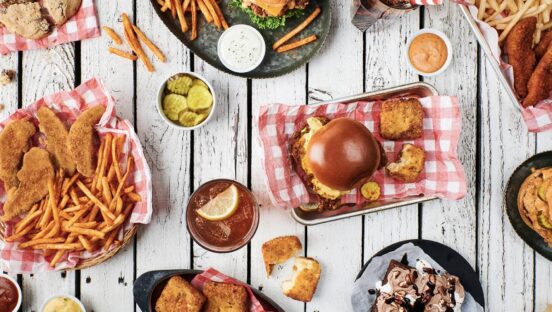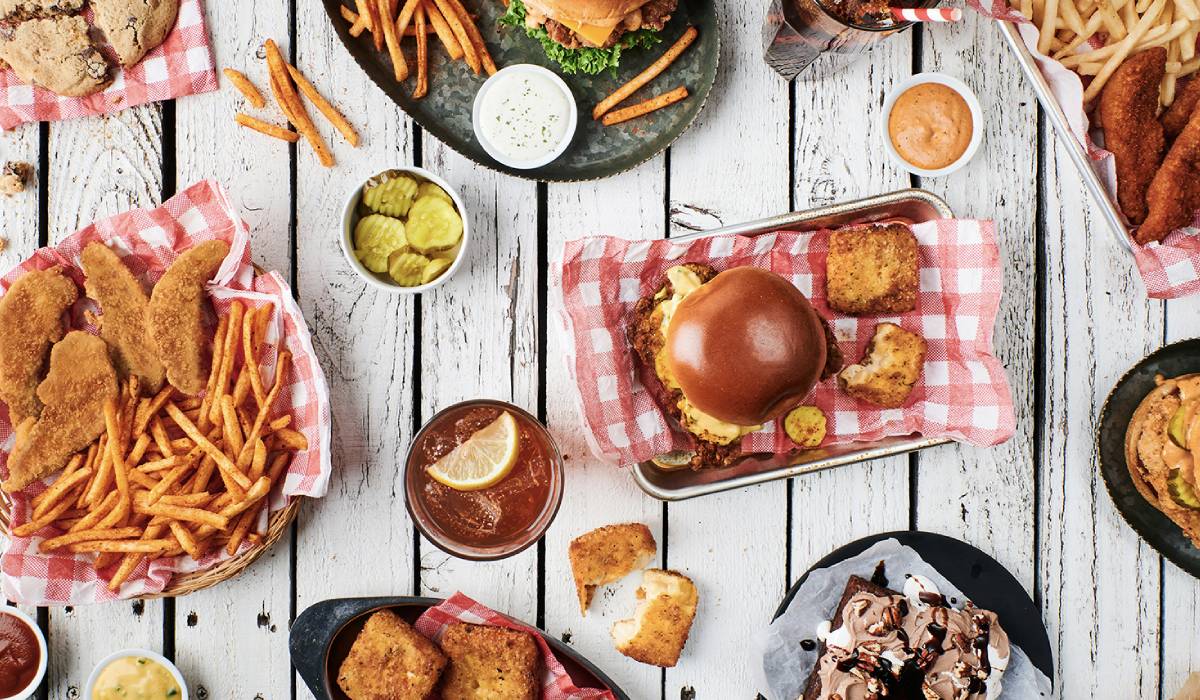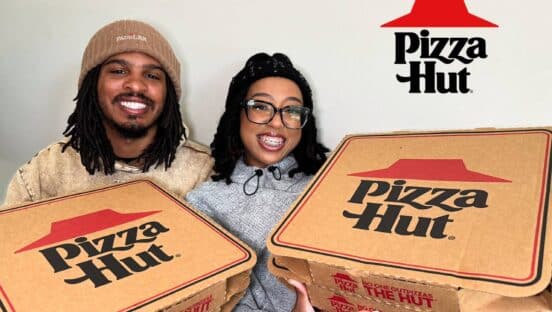It’s clear to see from the mounting evidence—in the forms of research, news articles, podcasts, and personal experience—restaurant delivery-only menus are here to stay. I predict everyone in the sector is going to have an off-premises strategy, if not now, then in the next couple of years. And delivery-only isn’t limited to mom-and-pops or casual restaurants: some of the best concepts in the world are offering off-premises food for delivery, and many others are moving in that direction.
That said, we’re still in “wild west” times. We have to be real about that. The delivery-only ecosystem is evolving quickly, and those in the business are still trying to figure out how to optimize brands for this space.
As someone who has spent their career in the industry and who now works for Nextbite, a virtual restaurant company specializing in helping restaurants earn incremental revenue via delivery-only menus, I’ve had the opportunity to witness the trials, trends, and joys that are part of this ever-evolving business. The one thing I can say with 100 percent certainty is it’s hard to do it right. Delivery-only is a particularly tricky beast, since it includes many components outside of a restaurant’s control: delivery apps and drivers, traffic, weather, and more.
There are three non-negotiables any restaurateur must adhere to in order to achieve success with delivery-only menus, however, and these are the mantras we try to ensure our restaurant partners have instilled into their businesses.
Be committed to delivery-only
It is important restaurants have a commitment to their delivery-only menu, and it isn’t just a side business. Delivery-only differs from on-premises dining in so many respects—and it takes a true commitment to do it right. First, food concepts need to be designed for the off-premises space. You’ll need to optimize your brick-and-mortar menu to work as delivery-only items. You also have the option to create brand-new menu items not associated with your dining room menu. You have to work with all the third-party marketplaces/apps that all operate slightly differently and have instituted specific rules around menus. DoorDash, for example, requires your online menu to have less than a 50 percent crossover with your brick-and-mortar offerings.
Be intentional with your virtual menu, and think “consumer/daypart/occasion,” meaning if you have a great dinner business, but your kitchen is idle during breakfast, consider adding a breakfast menu item, such as a Huevorito for delivery. If you’re doing well with the 35- to 45-year-old crowd, but not the 16–24 demographic, think about designing a lunch concept that appeals to a younger age group. Nextbite recommends restaurants start with two to four menu items. Sometimes, you’ll need to drop items and replace them with others. It’s not a perfect science, and customers can be fickle, but as you try them out, you’ll learn which items capture a local audience looking for exactly what you’re offering.
Be consistently available
Being consistently available means you’re paying equal and rapt attention to your customers’ on-premises and off-premises experiences. Your restaurant may have scores of online orders coming in via multiple devices, while at the same time juggling a dining room full of patrons changing their minds, sending dishes back, and arguing over the bill. During that sort of rush, don’t turn off your delivery-only menus, or you’ll diminish your reputation with potential customers. You need to walk and chew gum to seamlessly handle both sides of the equation and make sure overall customer satisfaction—in store or out—is a priority.
Be all-in for customer and vendor service
Today’s consumers are hyper-specific about what they want to eat. The days of ordering a pizza to share with friends are long gone. Now, it might be eight teenagers in one home on a Friday night ordering eight vastly different food items via multiple delivery apps. But they all demand quality, so you need to treat your delivery-only customers with the same high level of service and quality food as your on-premises guests.
And never gloss over the importance of forging good relationships with delivery drivers. These are the people who often get relegated to an unseen area near the back of your kitchen and must wait around for deliveries to be ready. Smart restaurateurs are now building waiting rooms with couches with free sodas available for drivers while they wait, encouraging them to accept delivery orders from their restaurant.
Today’s restaurant industry is a multi-faceted and complicated business and will only continue to become more so. Embrace your new delivery-only customers, and be prepared to meet their needs as they become more savvy and particular about the quality, presentation, and variety of food they order and pay extra to have delivered. The good news is, if you provide for a great off-premises dining experience, they will return and, importantly, spread the word to their friends. By sticking to these three rules, you can be prepared for the next revolution in the industry and set yourself up to win in the delivery-only business.
Geoff Madding is the Chief Growth Officer of Nextbite, where he oversees all aspects of sales, business development, partnerships and strategy. Focused on helping restaurant partners successfully enter the virtual restaurant space, Madding began his career in the industry working for Rock Bottom Restaurants.







